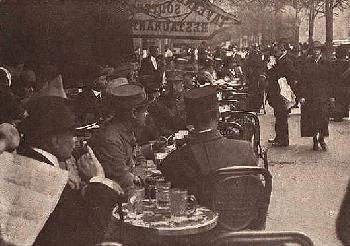Eight months into the Korean War came this editorial from an American news magazine pointing out that the burden of defending South Korea was not being evenly shared by the other member states of the United Nations and that the U.S. was over-represented on the battlefields:
When the Korean Communists invaded South Korea last June, the U.N. was quick to authorize the use of armed force to combat the aggression, but not so quick when it came to contributing troops. [As of February, 1951] U.N. forces in Korea total about 275,000. Of this number 150,000 are American and 100,000 are South Koreans. This leaves less than 25,000 from 11 of the other U.N. members – a pitifully small contribution… What is there definition of ‘collective security’? Have they so soon forgotten Munich? Have they forgotten that collective firmness by the Allies, when Germany invaded the Rhineland, might have prevented World War II?








